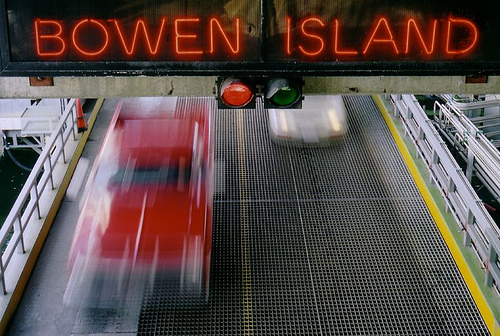The ability to commute to other GVRD municipalities has brought many people seeking opportunities for rural living to Bowen Island. This influx of population accounts for a growth of approximately 2.2 percent per year (Green Zone Report), a rate which will increasingly test the limits of the land to support it. The island saw a huge increase of 56% in permanent population from 1986 – 1991 (Green Zone Report). Planning policy on Bowen Island is chiefly concerned with managing and mitigating the impacts and implications of the expected future growth. The desires to protect the rural character of the island and to plan growth around environmental features are prominent in many OCP level policies. However, the OCP also creates an expectation of future growth of such a magnitude that the rural character could be compromised in the absence of comprehensive strategic planning.
The following OCP level policies pertain directly to the desired growth pattern on Bowen Island:
· No Net Increase in overall lot density from lot density proposed in OCP
· Manage rate of development
· Growth management shall be conditioned by the natural environment
· Discourage strip development and encourage clustering
· No net loss of farmland
These key policies informed the Multicriteria Analysis for the identification of suitable development areas in this report. |

